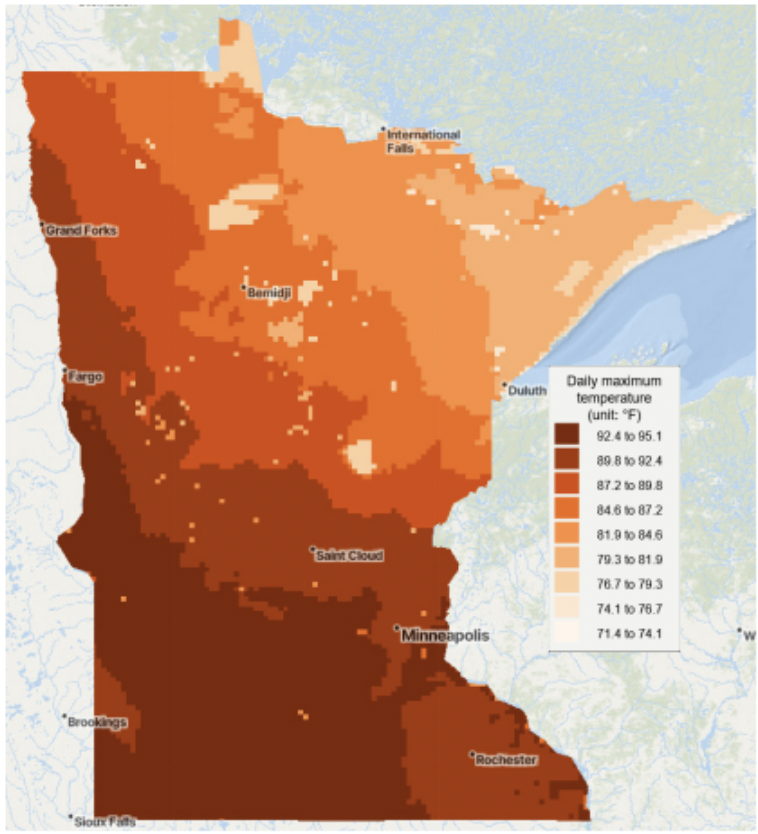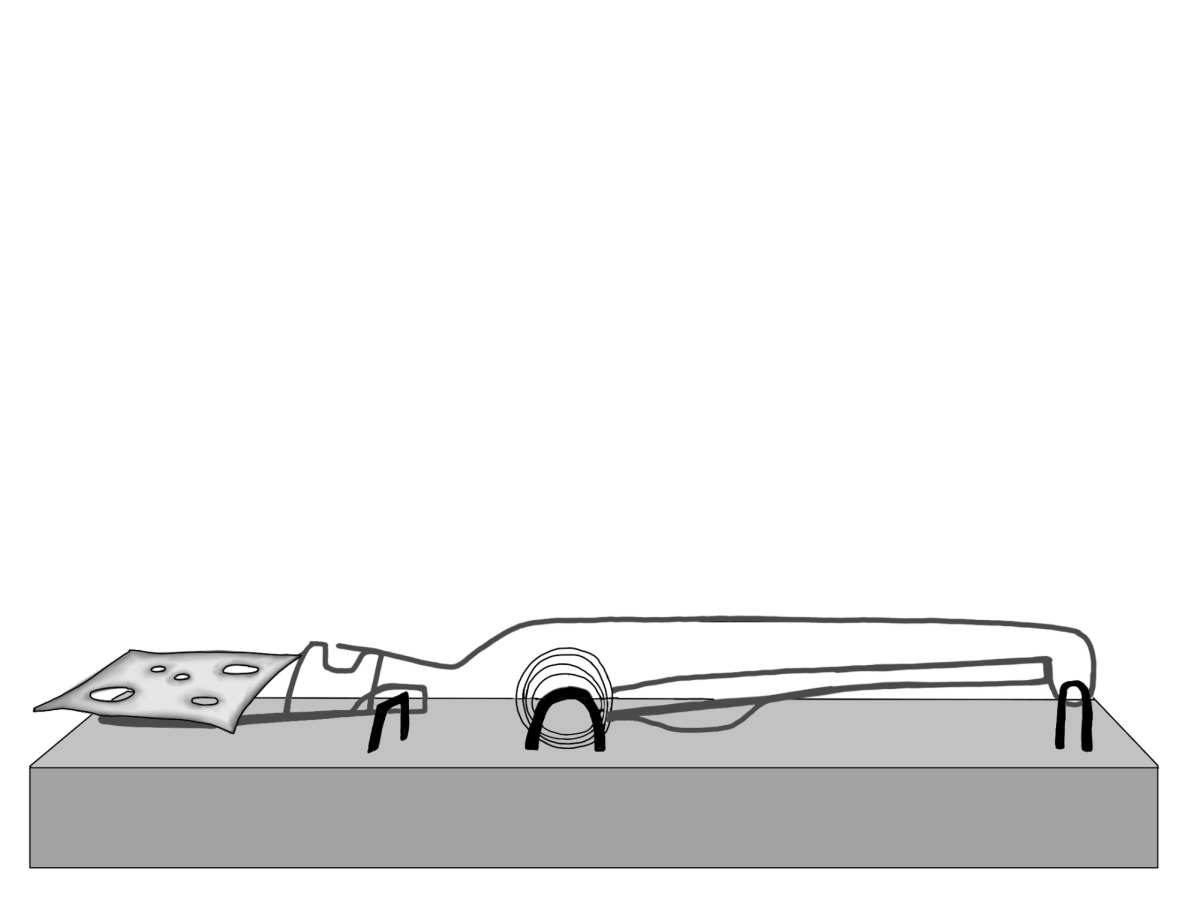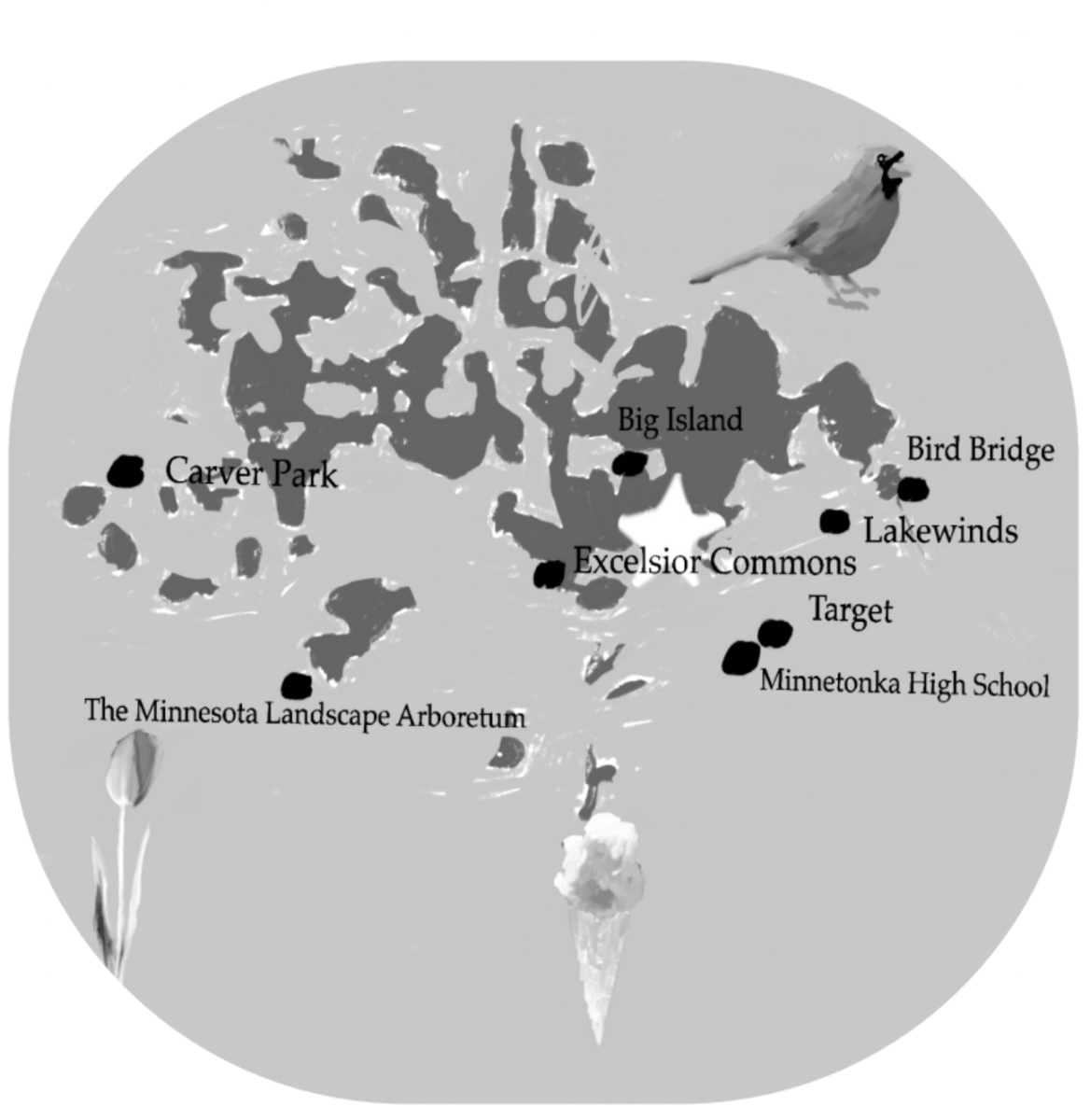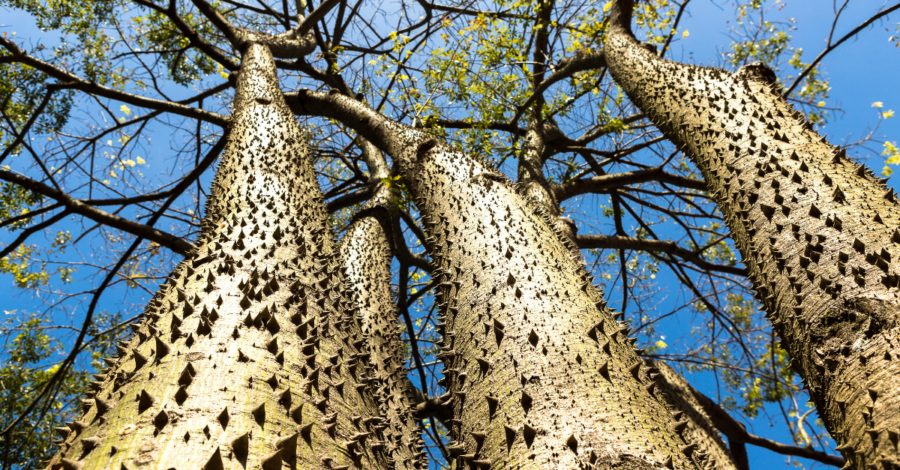Tree Appreciation: Exploding Fruit Trees and Other Arboreal Creations
November 22, 2019
Sometimes it seems that fall is the only time of year that trees are truly appreciated. They sit there, ignored, all green and silently fantastic from April through September, but the moment October hits and their leaves change, suddenly they’re all anyone can talk about.
This year, it seems we were unfairly deprived of fall weather, leaping straight from the sweaty heat of August to the chill of winter. Leaves, too, fell quickly and were covered by many days of rain and even snow. But never fear, there are many species of trees still thriving around the world that deserve our appreciation.
Trees range in size from the tiniest spring saplings to the towering redwoods in California, which grow to be about half the height of the IDS building. There’s also a tree in Mexico that has a diameter close to 40 feet, its circumference stretching longer than its height. Trees come in all shapes and sizes—for example, a type of tree on the cliffs of Spain typically grows in an arc shape, its branches pointing towards the ground due to strong winds coming off the ocean. Baobab trees in Madagascar can be hundreds of feet tall but do not grow leaves until the very top, looking mystical because of their strange shape.
A personal favorite is the sandbox tree, native to South America. This tree, also called the exploding fruit tree or dynamite tree, contains dried-up seeds embedded in its bark. Once matured, the seeds explode out of the tree at close to 230 feet per second, causing serious damage to anything in its path. These seed fragments travel long distances and land in the ground, where more exploding fruit trees will begin to grow.
Trees are some coolest the organisms on Earth, yet many people don’t know a whole lot about them. As fall comes to a close, make sure to get outside and fully appreciate all that trees have to offer—from colorful leaves to explosions and more.

























